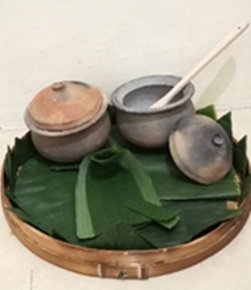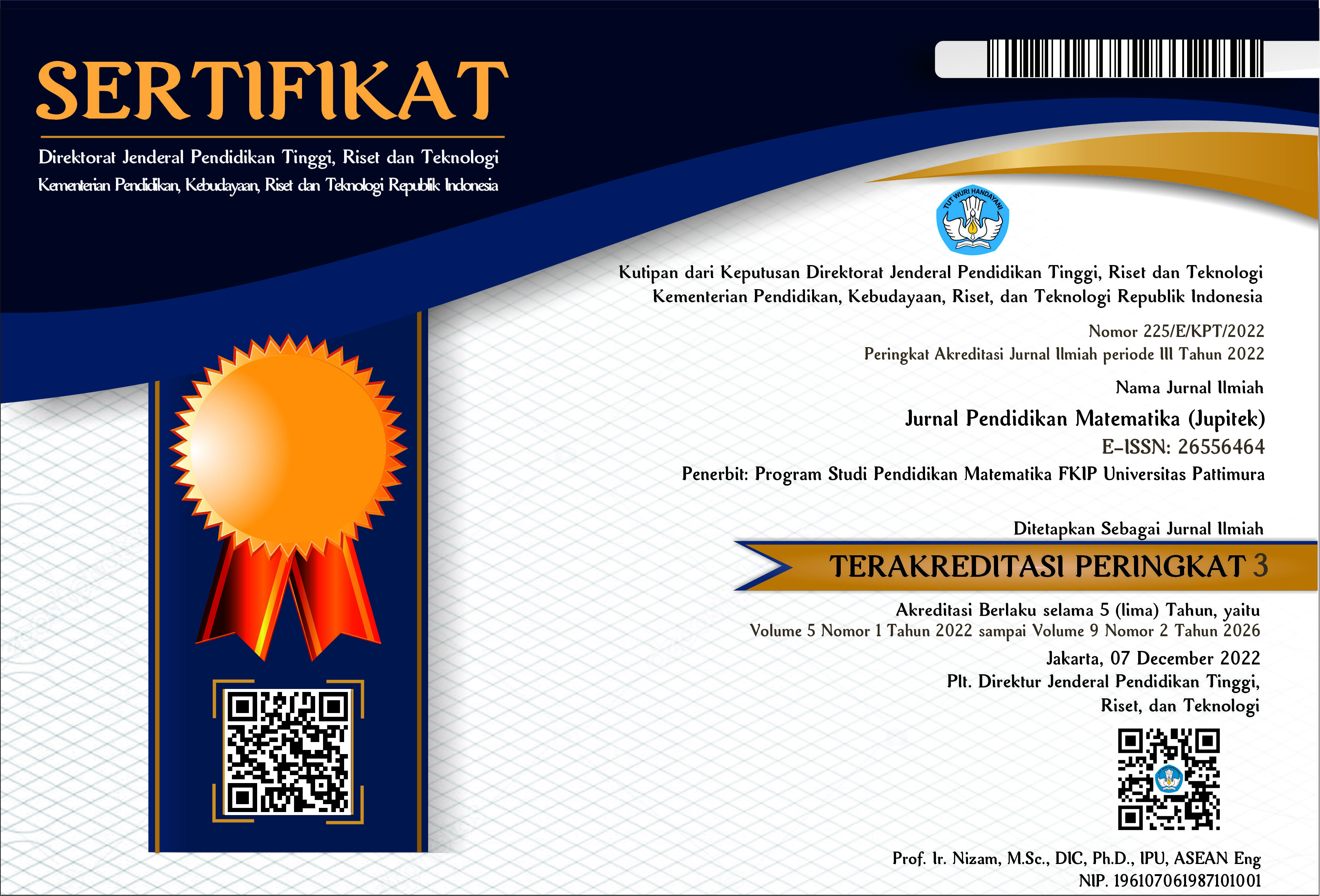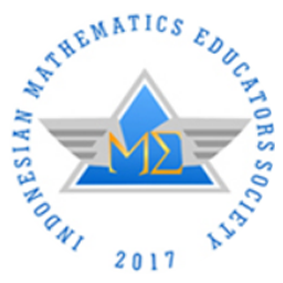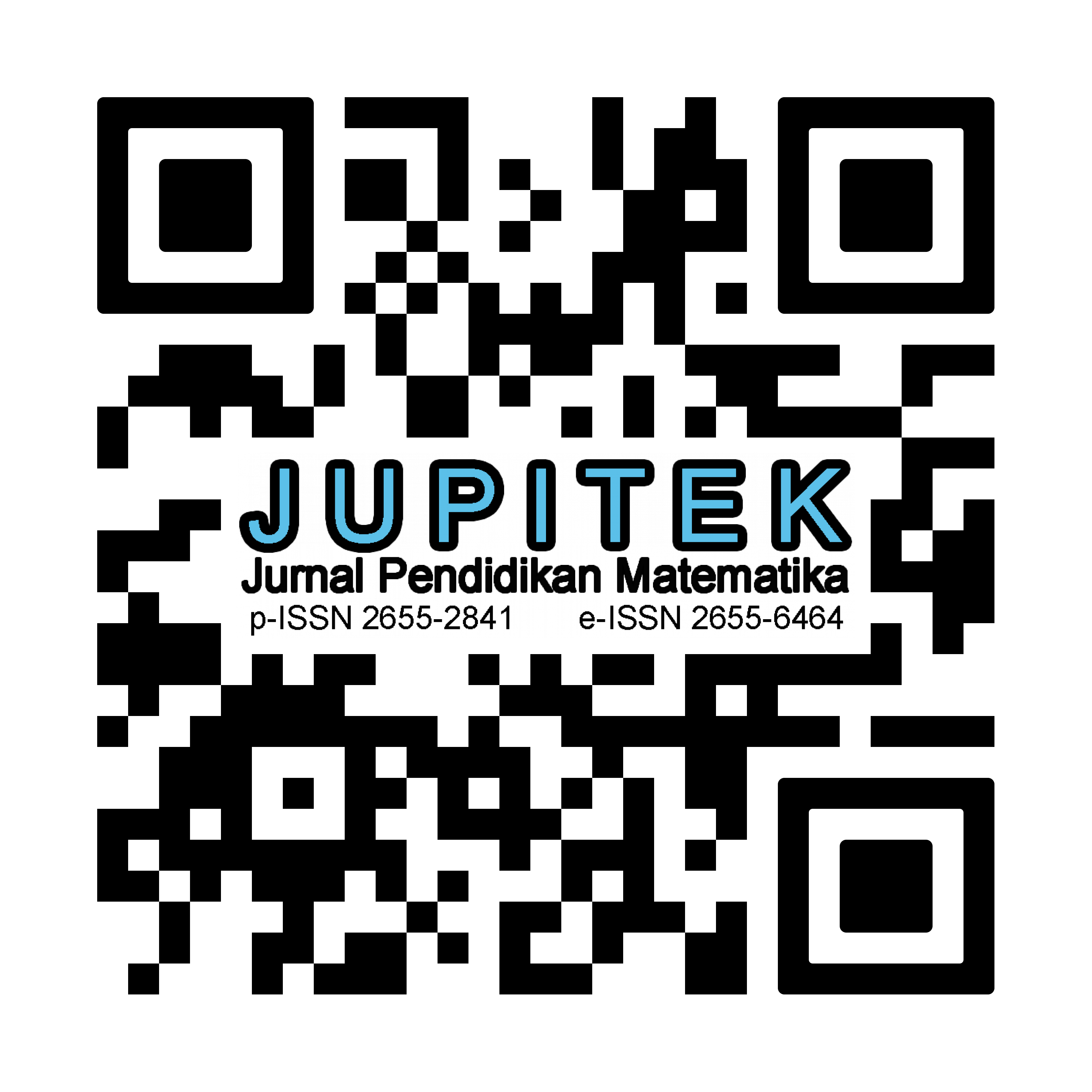ENCULTURATION OF TRADITIONAL MADURA FOOD: FROM TAJIN SOBIH SELLERS TO SPATIAL ACTIVITY IDEAS IN MATHEMATICS
Abstract
The purpose of this study is to explore the ideas of spatial skills activities in mathematics from tajin sobih culture. Spatial skills are one of the important skills used to help solve problems in the real world. Exploring spatial ideas in tajin sobih culture can be useful in learning geometry and mathematics. This research uses qualitative research methods with the researcher as a participant. The collection techniques in this study were obtained through observation and in-depth literature review. The data analysis technique used includes four main processes, including data collection through literature and documentation, data reduction, data presentation in the form of narrative text, and conclusion drawing. This research produced spatial skills activity ideas and mathematical ideas, especially in the field of geometry of flat and spatial shapes from the tajin sobih culture through the making process to the presentation process. Other mathematical ideas are number and measurement. Based on the results of the research, it was found that the shape of the tajin sobih container is hemispherical, the wooden ladle has a length that can be measured using standard units such as cm, tampah or woven basket is circular, and so on
Downloads
References
Abdussamad, Zuhri. 2021. Metode Penelitian Kualitatif. edited by P. Rapanna. Makassar: CV. Syakir Media Press.
Arts, Cogent, and Tomasz Malec. 2018. “Introduction to Theory of Culture-Related Spa- Tial Development.” Cogent Arts and Humanities (January 2018). doi: 10.1080/23311983.2018.1557583.
Atit, Kinnari, Jason R. Power, Norma Veurink, David H. Uttal, Sheryl Sorby, Grace Panther, and Camille Msall. 2020. “Examining the Role of Spatial Skills and Mathematics Motivation on Middle School Mathematics Achievement.” International Journal of STEM Education (July). doi: 10.1186/s40594-020-00234-3.
Bogdan dan Biklen. 1982. Qualitative Data Analysis: A Sourcebook of New Methods. California. Sage.
Cheng, Y.L., & Mix, K. S. 2014. “Spatial Training Improves Children’s Mathematics Ability.” Journal of Cognition and Development 15. doi: 10.1080/15248372.2012.725186.
Creswell, JW, and JD Creswell. 2017. Desain Penelitian: Kualitatif, Kuantitatif, Dan Penenlitian Pendekatan Metode Campuran. Publikasi bijak.
Fraenkel, JR, NE Wallen, and HH Hyun. 2012. Bagaimana Merancang Dan Mengevaluasi Penelitian Di Bidang Pendidikan. Perusahaan McGraw-Hill.
Gagnier, Kristin M., and Kelly R. Fisher. 2020. “Unpacking the Black Box of Translation: A Framework for Infusing Spatial Thinking into Curricula.” Cognitive Research: Principles and Implications. doi: 10.1186/s41235-020-00222-9.
Gilligan, Katie A., Alex Hodgkiss, Michael S. C. Thomas, and Emily K. Farran. 2019. “The Developmental Relations between Spatial Cognition and Mathematics in Primary School Children.” Developmental Science. doi: 10.1111/desc.12786.
Harris, D., Logan, T., & Lowrie, T. 2022. “Authentic Perspective-Taking: Looking beyond Abstract Spatial Skills to the Influence of Culture and Environment.” Learning, Culture and Social Interaction. doi: https://doi.org/10.1016/j.lcsi.2022.100611.
Harris, Danielle. 2021. “Spatial Ability , Skills , Reasoning or Thinking : What Does It Mean for Mathematics ?” Foundations and Pathways 219–26.
Koniherwati, and Centaury Harjani. 2019. “RE-AKTUALISASI KENDIL HITAM.” CORAK Jurnal Seni Kriya 8(1):12–25.
Marmor, G. S. 1975. “Development of Spatial Ability.” Journal of Education Psychology 2(67):181–87.
Newcombe, Nora S., and A. Frick. 2010. “Early Education for Spatial Intelligence.” Journal of Education Psychology 3(102):569–81.
Newcombe, Nora S., and Thomas F. Shipley. 2015. Thinking about Spatial Thinking: New Topology, New Assessments. Studying Visual and Spatial Reasoning for Design Creativity.
Piaget, J. 1954. The Contruction of Reality in The Child. Basic Books.
Putri, Rizky Oktaviana Eko, and Ulil Nurul Imanah. 2018. “Studi Tentang Kemampuan Spasial Siswa Sekolah Menengah Pertama (SMP) Di Mojokerto.” Majamath 1(2):135–41. URL: https://escholarship.org/content/qt0qg025t5/qt0qg025t5_noSplash_3ac4ccfdb756688f64bc882fd57baa8b.pdf?t=sgio9n
Riggs, K. J., Simpson, A., &. Potts. 2011. “The Development of Visual Short-Term Memory for Multifeatured Items During Middle Childhood.” Journal of Experimental Child Psychology. doi: 10.1016/j.jecp.2010.11.006.
Rittle-Johnson, Bethany, Erica L. Zippert, and Katherine L. Boice. 2019. “The Roles of Patterning and Spatial Skills in Early Mathematics Development.” Early Childhood Research Quarterly. doi: 10.1016/j.ecresq.2018.03.006.
Tian, Yuyang, Tianyu Yang, and Weihua Dong. 2022. “Does Culture Shape Our Spatial Ability ? An Investigation Based on Eye Tracking.” International Journal of Geo-Information 11:578. doi: https://doi.org/ 10.3390/ijgi11110578 Academic.
Uttal, David H., Nathaniel G. Meadow, Elizabeth Tipton, Linda L. Hand, Alison R. Alden, Christopher Warren, and Nora S. Newcombe. 2013. “The Malleability of Spatial Skills: A Meta-Analysis of Training Studies.” Psychological Bulletin. doi: 10.1037/a0028446.
Verdine, Brian N., Michnick Roberta Golinkoff, Kathy Hirsh, and Nora S. Newcombe. 2017. “I. Spatial Skills, Their Development, and Their Links to Mathematics.” Monograf Dari Society for Research in Child Development 82(1):7–30. doi: https://doi.org/10.1111/mono.12280.
Wai, Jonathan, David Lubinski, and Camilla P. Benbow. 2009. “Spatial Ability for STEM Domains : Aligning Over 50 Years of Cumulative Spatial Ability for STEM Domains : Aligning Over 50 Years of Cumulative Psychological Knowledge Solidifies Its Importance.” Journal of Educational Psychology (November 2009). doi: 10.1037/a0016127.
Wang, Lu, and Martha Carr. 2014. “Working Memory and Strategy Use Contribute to Gender Differences in Working Memory and Strategy Use Contribute to Gender Differences in Spatial Ability.” Educational Psychologist 4(October 2014):261–82. doi: 10.1080/00461520.2014.960568.
Wardhani, Indah Setyo, Toto Nusantara, I. Nengah Parta, and Hendro Permadi. 2023. “The Model of Geometry Learning With Spatial Skills Features : Is It Possible ?” Journal of Higher Education Theory and Practice 23(14):225–40.
Weber, Jennifer M., Hilary E. Miller, Lu Ou, and Vanessa R. Simmering. 2007. “Children ’ S Representations of Five Spatial Terms.” 1651–56.
Yang, Weipeng, Haidan Liu, Nanxi Chen, Peng Xu, and Xunyi Lin. 2020. “Is Early Spatial Skills Training Effective ? A Meta-Analysis.” Frontiers in Psychology (August). doi: 10.3389/fpsyg.2020.01938

Copyright (c) 2024 Noril Lailatul Chusna, Indah Setyo Wardhani, R. A. Qothrun Nada Syauqina, Sukriya Ulfa, Izzah Fijriyah

This work is licensed under a Creative Commons Attribution-NonCommercial-ShareAlike 4.0 International License.
License and Copyright Agreement
By submitting a manuscript to Jurnal Pendidikan Matematika (JUPITEK), the author(s) certify and agree to the following terms:
- Originality and Authority: The submitting author is authorized by all co-authors to enter into this agreement. The manuscript describes original work that has not been published previously in a peer-reviewed journal, nor is it under consideration for publication elsewhere.
- Approval: Its publication has been approved by all author(s) and by the responsible authorities of the institutions where the work was carried out.
- Rights: The authors secure the right to reproduce any material that has already been published or copyrighted elsewhere.
- Licensing and Copyright: Authors retain the copyright to their work.
- License Grant: The authors grant Jurnal Pendidikan Matematika (JUPITEK) the right of first publication, with the work simultaneously licensed under the Creative Commons Attribution-NonCommercial-ShareAlike 4.0 International (CC BY-NC-SA 4.0).
- Self-Archiving: Authors are permitted and encouraged to deposit the published version of their article in institutional repositories, on their personal websites, and other academic platforms, with proper acknowledgment of its initial publication in Jurnal Pendidikan Matematika (JUPITEK).





.png)


